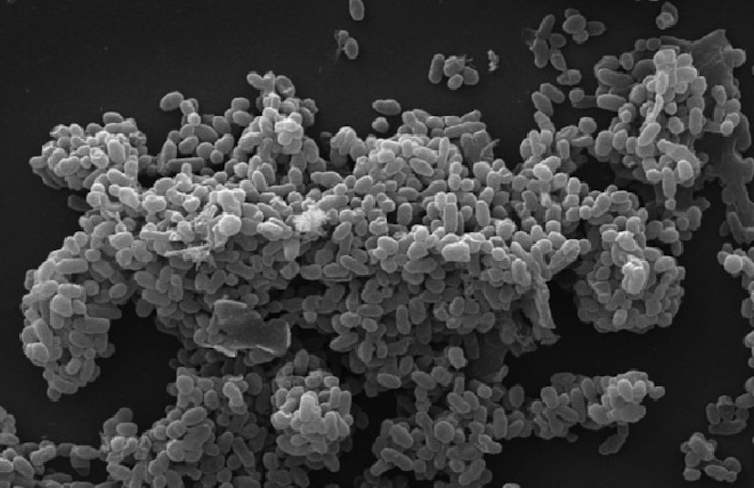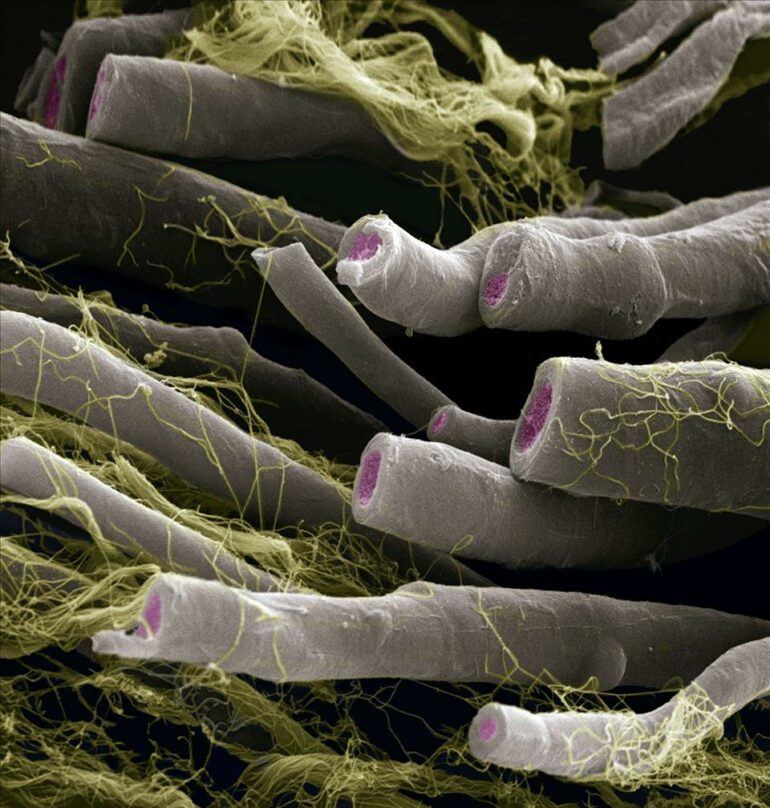Multiple sclerosis is a disease that results when the immune system mistakenly attacks the brain and spinal cord. It affects nearly one million people in the U.S. and over 2.8 million worldwide. While genetics play a role in the risk of developing multiple sclerosis, environmental factors such as diet, infectious disease and gut health are major contributors.
The environment plays a key role in determining who develops multiple sclerosis, and this is evident from twin studies. Among identical twins who share 100% of their genes, one twin has a roughly 25% chance of developing MS if the other twin has the disease. For fraternal twins who share 50% of their genes, this rate drops to around 2%.
Scientists have long suspected that gut bacteria may influence a person’s risk of developing multiple sclerosis. But studies so far have had inconsistent findings.
To address these inconsistencies, my colleagues and I used what researchers call a bedside-to-bench-to-bedside approach: starting with samples from patients with multiple sclerosis, conducting lab experiments on these samples, then confirming our findings in patients.
In our newly published research, we found that the ratio of two bacteria in the gut can predict multiple sclerosis severity in patients, highlighting the importance of the microbiome and gut health in this disease.

Akkermansia is commonly found in the human gut microbiome.
Zhang et al/Microbial Biotechnology, CC BY-SA
Bedside to bench
First, we analyzed the chemical and bacterial gut composition of patients with multiple sclerosis, confirming that they had gut inflammation and different types of gut bacteria compared with people without multiple sclerosis.
Specifically, we showed that a group of bacteria called Blautia was more common in multiple sclerosis patients, while Prevotella, a bacterial species consistently linked to a healthy gut, was found in lower amounts.
In a separate experiment in mice, we observed that the balance between two gut bacteria, Bifidobacterium and Akkermansia, was critical in distinguishing mice with or without multiple sclerosis-like disease. Mice with multiple sclerosis-like symptoms had increased levels of Akkermansia and decreased levels of Bifidobacterium in their stool or gut lining.
Bench to bedside
To explore this further, we treated mice with antibiotics to remove all their gut bacteria. Then, we gave either Blautia, which was higher in multiple sclerosis patients; Prevotella, which was more common in healthy patients; or a control bacteria, Phocaeicola, which is found in patients with and without multiple sclerosis. We found that mice with Blautia developed more gut inflammation and worse multiple sclerosis-like symptoms.
Even before symptoms appeared, these mice had low levels of Bifidobacterium and high levels of Akkermansia. This suggested that an imbalance between these two bacteria might not just be a sign of disease, but could…



